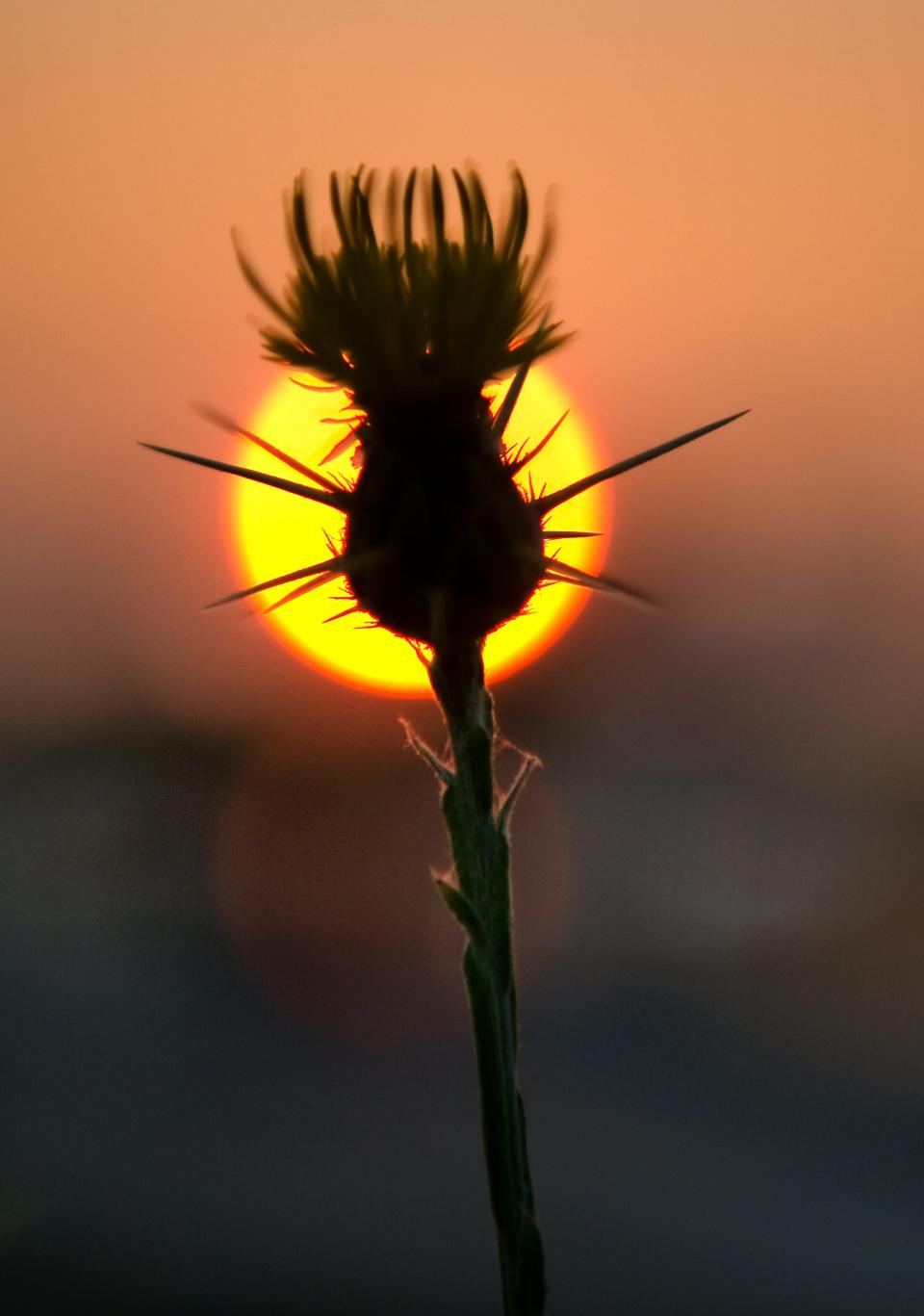Going into depth: How aperture affects depth of field in photography
One of the reasons to move up from a cellphone or point-and-shoot cameras to a DSLR or digital mirrorless one is the ability to exert control over your exposures with the latter. With cellphones or simple cameras, your options are limited in terms of exposure.
One of the things that are controlled in so-called “bigger” cameras is the aperture. Simply put, aperture is the adjustable opening in the lens that allows light into the camera. A bigger opening allows more light in; a smaller one equals less light. The scale use to quantify each setting is confusing (the large openings are identified with small numbers while the small openings are matched with larger numbers), but that’s for another column.

In photography, one exposure can yield the same amount of light as another. For example, a wide aperture combined with a fast shutter speed can be the same as a narrow aperture with a slow shutter speed — so, why would you choose one over the other?
In addition to the amount of light, aperture also controls what is called “depth of field.” It’s the amount that’s in focus in a scene from front to back. Which opening you to use will decide on how much of your photo is in focus.

In general, a smaller aperture will give you more depth of field than a larger one. Why then would you want to use a wide aperture? Wouldn’t having everything in focus be the best in every setting? Not necessarily so.
While something like a landscape may benefit from a lot of depth of field, there are other instances that just the opposite may enhance your photos.
Perhaps you’re taking a portrait and you have a backdrop that’s cluttered. You can use a wide aperture to help throw the background out of focus to help lessen the distractions.

Wide apertures are also used with a technique called “selective focus.” It is used to give extra emphasis to your subject by having it in sharp focus while nearly everything else in front and behind is out of focus. A narrow aperture can be used for the opposite effect. If you want a long line of things in focus then a small aperture is recommended.
There are two other factors that contribute to depth of field or the lack thereof.
The first is focal length. Wide lenses naturally have greater depth of field than telephoto lenses. While you can adjust your depth of focus with either through aperture, knowing how each kind of lens performs can help you choose the right one for the job.

Then second factor is distance. In general, the close you get to your subject, the less depth of field you’ll have. Again, it can be extended or lessened through aperture; it’s good to know that depth of field can be affected by how close or far you are.
If you want to get the most from your DSLR or mirrorless camera, then learning how to use your device’s aperture will help you on than path.
Record photographer Clifford Oto has photographed Stockton and San Joaquin County for more than 37 years. He can be reached at coto@recordnet.com or on Instagram @Recordnet. Follow his blog at recordnet.com/otoblog. Support local news, subscribe to The Stockton Record at https://www.recordnet.com/subscribenow.
This article originally appeared on The Record: How aperture affects depth of field in photography

